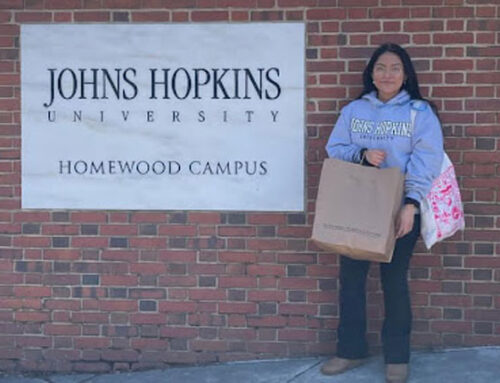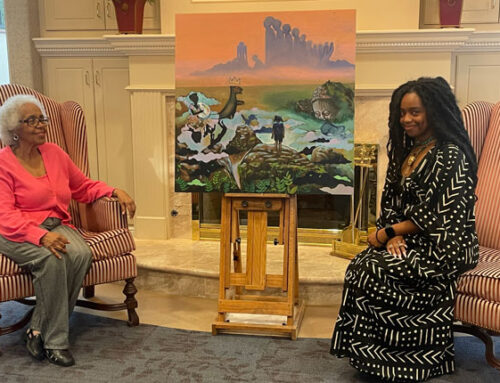A study conducted by the American Association of State Colleges and Universities (AASCU) reveals that state colleges and universities create jobs and infuse revenue to local economies.
State colleges and universities are top 10 local employers (84 percent), top 20 (99 percent) or one of the top 5 employers (71 percent) in their communities, according to university presidents who participated in the survey.
President John D. Welty of California State University, Fresno, an AASCU member, was among the survey participants.
“This study affirms the commitment that Fresno State has made to engage itself with the Central California region,” Welty said. “We believe it is our responsibility to be good stewards of our region and Fresno State will continue its dedication to partner with this region.”
Counter to the Department of Labor’s April employment report, which showed a 9 percent increase in the unemployment rate, presidents are optimistic (60 percent) about long-term local market job growth, indicating that the number of jobs will grow over the next 12 months. Nearly two-thirds of presidents (63 percent) feel that the size of the local economy will grow.
The survey also reveals the critical role of state colleges and universities to local K-12 education, with 96 percent of schools improving the educational infrastructure of the communities they serve.
“Historically, state colleges and universities have enriched our country by serving as ‘stewards of place’ for their communities, not only delivering on the American promise of student access, affordability and educational opportunity but also by honoring a legacy of service, creating community building opportunities ranging from economic development to school reform,” said Muriel Howard, president of AASCU.
“This survey confirms that ours are publicly engaged institutions, that our members are enriching the communities they serve, rooting their importance in the American infrastructure,” added Howard. “As we look to the next 50 years, the partnerships between our members and their communities will be even more crucial as both seek to effectively meet 21st century challenges.”
Survey Highlights
Economic Development – One of the most tangible measures of an institution’s economic impact on the community is its financial contribution to the community – as an employer and as a revenue driver. Presidents indicated that their school’s average dollar impact on the community in 2009 was $534 million. (Fresno State’s annual spending of $452 million generated $484 million regionally, sustaining more than 5,700 jobs in the valley and adding $28.5 million to local tax revenues.)
Elevating Education – Institutions of higher learning are committed to making positive contributions to their local community.
- Most respondents are pessimistic and very concerned about the quality of K-12 education and opportunities for youth in their community. In fact, 98 percent of presidents stated that their institution sponsors programs or innovations aimed at improving the community they serve. (Fresno State’s Kremen School of Education and Human Development and Central Valley Educational Leadership Institute and among campus organizations whose innovative initiatives benefit local schools.)
- More importantly, 90 percent of presidents indicate that their school has taken on a role to provide training and educational opportunities for community residents not necessarily traditional students. (Fresno State was founded in 1911 to increase higher educational opportunities and continues in that role.)
Cultural Enhancement – Colleges and universities are hubs for intellectual growth and fine arts. Most presidents reported that their institution provides the community access to arts and culture such as lectures (97 percent), exhibitions (96 percent), galleries (94 percent), films (77 percent), museums (64 percent) and online exhibitions (52 percent). (Fresno State is a regional cultural arts hub, offering lectures and panel discussions, a broad variety of student, faculty and community performances, screenings and exhibitions and well-known entertainers at the Save Mart Center on campus.)
The survey was conducted Feb. 14-March 11. A total of 112 responses represent a participation rate of 27 percent of AASCU members; 55 percent representing schools of 5,000-15,000 students.
For more information about the survey and the association, visit www.aascu.org.


